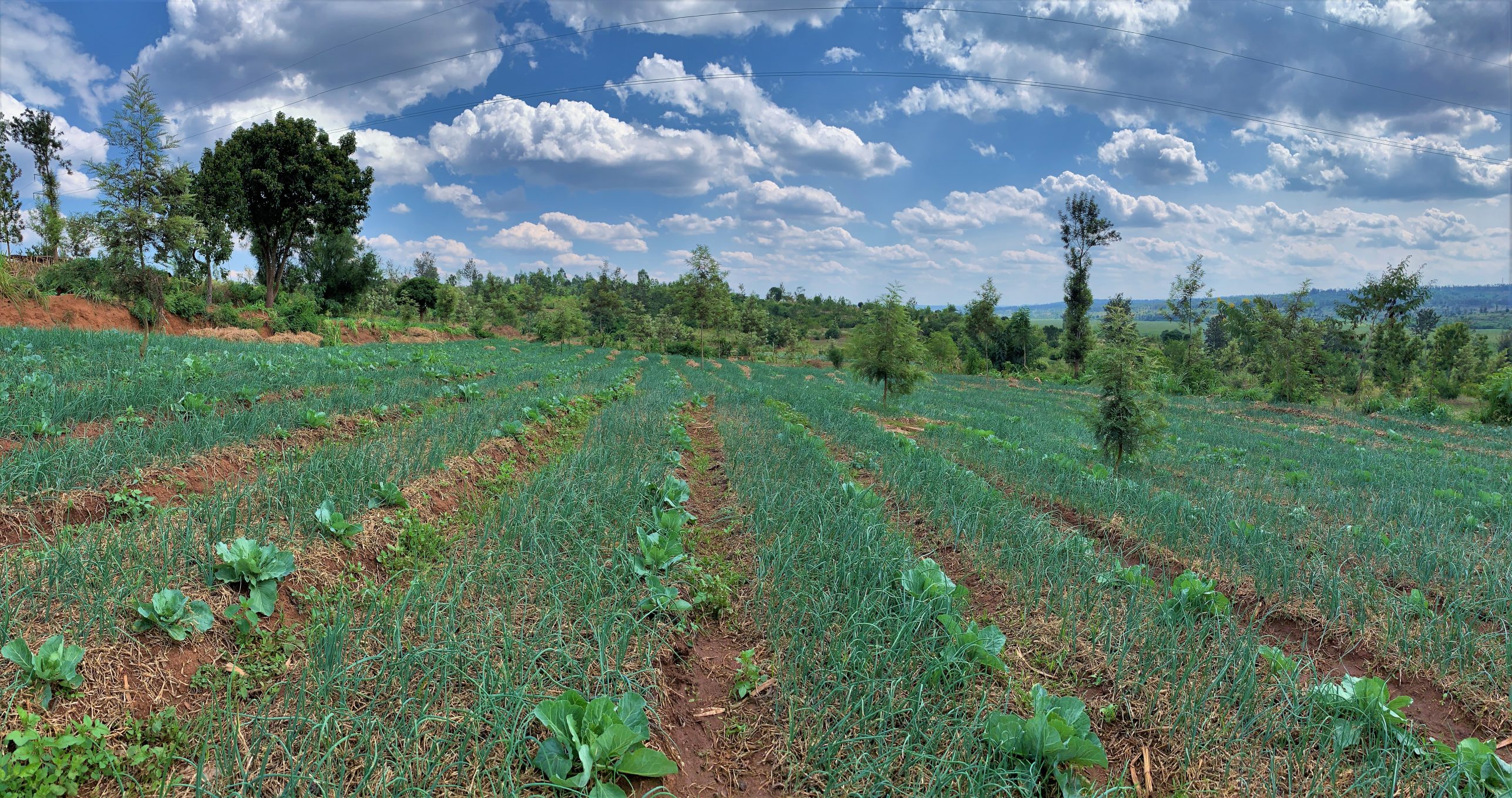Turning Bugesera Green through Agroforestry and Solar powered Irrigation

By Justin Kayiranga
Bugesera district which was drought-stricken, is now becoming a productive land thanks to the government’s green climate initiatives and policies implemented in that part of the Eastern Province of Rwanda.
The impacts of the extreme droughts caused by deforestation issues in Bugesera district in the early 2000s, pushed many of its residents to migrate to other parts of the country looking for work to help them survive.
Reports show that no single crop was productive in the 2000 and the entire region depended on external food supplies as stated in Bugesera Integrated Ecosystem Assessment (IEA) which was conducted by Rwanda Environment Management Authority (REMA) in January 2007.
To address this issue, the Government of Rwanda (GoR) has initiated different projects which assisted in changing the narratives of this region and brought back life dependence.
Among these initiatives, Top Africa News has picked 2 components that seem to be leading the transformation of Bugesera district.
Introduction of Agroforestry and afforestation
Not only in Bugesera district, but also in all parts of Rwanda, where you will meet people who had the impression that they could not mix trees and other crops, as it results in low production.
However, since the GoR and its partners introduced the agroforestry among residents, especially farmers, in Bugesera and explained its better practice, residents today praise the initiative by testifying how it has improved and eased their farming activities.

Mr. Habihirwe Diogène, a resident of Musenyi sector, says he was also one of the people that had little knowledge about agroforestry species, only after being trained and given trees to plant, he has now started to reap the benefits.
“I used to cultivate and when it rains it damages my crops due to erosion which also took over the soil. But after planting agroforestry plants, now there is no more erosion, the soil has become productive and the production has also increased.” He said.
“Before I used to harvest less than 50 Kilograms of beans on a 40 acres land but now, I can also harvest about 100 Kilograms,” Habihirwe added.
Mushumba Frederic, also says the tree planting program has solved many of their daily needs.
“We did not expect the trees to grow here in Musenyi sector, but the government and its partners have brought various species and we are planting them, now they have grown and we are getting and breathing fresh air.“ He said.
So far, in Bugesera, agroforestry covers around 80% of all cultivated land according to the district report.
Solar-powered irrigation system
As a low rainfall area, a spatial analysis of the land cover for 2000 by Bugesera IEA shows that crop lands have expanded into areas previously occupied by wetlands.
This conversion into agricultural farms has negatively affected the supply of direct ecosystem services such as water and fuel wood.
This has also been blamed for the changing micro-climate with the most visible being the disappearance/drainage of Lake Cyohoha North, which depended on surrounding wetlands for water.
Farming in Marshlands was mainly due to the fact that cultivation in the upper side was not productive as there was no water and little rainfall at that time.

Eng. Mukunzi Emile, an environmental officer in Bugesera district, said a plan was being devised to make it easier for farmers to irrigate their hills, as it was already clear that swamps were drying up due to the agriculture.
“We wanted to make sure there is a rational use of water, so we thought about using solar energy to pump water from the swamp to the community cultivated areas.” Mukunzi said.
Mareba sector in Bugesera district, is one of the areas in which this type of irrigation has been introduced. Some farmers in the Komezimihigo cooperative say that it has been the solution for them as they are no longer in a state of disrepair and their yields have increased compared to the previous one.

Speaking to TOP AFRICA NEWS, Ms. Ntabanganyimana Beatha, one of the members of the cooperative, said: “The solar powered irrigation system has helped us so much. We have farms in more than 500 meters from the marshland our crops are good, thanks to the improved irrigation system”
Apart from the two facts stated above, in Bugesera also, they instated another initiative of community environment volunteers (Imboni z’ibidukikije), at village level, that will be serving in mobilizing fellow residents in the environmental protection run that will keep transforming Bugesera into a climate resilient region which is also in line with Rwanda’s climate action vision to become a climate resilient nation by 2050.

















